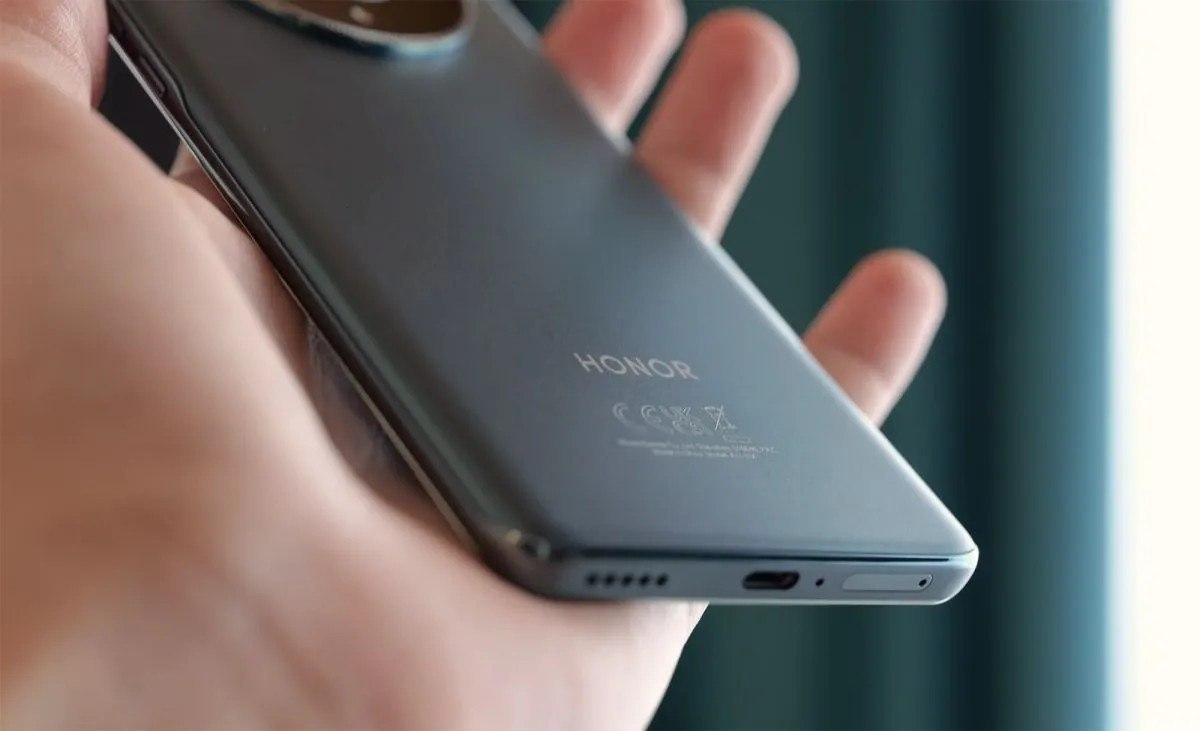Smartphone displays have come a long way in recent years. From the early days of low-resolution LCD screens to today's high-resolution OLED displays, smartphone displays have become increasingly sharper, brighter, and more efficient.
There are two main types of smartphone displays: LCD and OLED.
LCD (liquid crystal display) screens are the most common type of smartphone display. LCD screens use a liquid crystal layer to control the amount of light that passes through the screen. This allows LCD screens to produce a wide range of colors and brightness levels.
OLED (organic light-emitting diode) screens are a newer type of smartphone display. OLED screens use organic light-emitting diodes to produce light. This allows OLED screens to produce even brighter and more vibrant colors than LCD screens. OLED screens are also more energy-efficient than LCD screens, which can help to extend battery life.
In addition to LCD and OLED displays, there are also a number of other emerging smartphone display technologies, such as:
Mini-LED displays use smaller LEDs than traditional LED displays, which allows for thinner and lighter displays with better brightness and contrast.
Micro-LED displays are even smaller than mini-LED displays and offer even better brightness, contrast, and energy efficiency.
Foldable displays are made from flexible materials that allow them to be folded or rolled up.
Transparent displays are made from materials that allow light to pass through them, making them ideal for augmented reality (AR) applications.
Benefits and drawbacks of different smartphone display technologies
Each type of smartphone display has its own unique benefits and drawbacks.
LCD
Benefits: LCD displays are relatively inexpensive to produce and offer good image quality.
Drawbacks: LCD displays can be thicker and heavier than OLED displays, and they may not be as bright or energy-efficient.
OLED
Benefits: OLED displays are thinner, lighter, and more energy-efficient than LCD displays. They also offer better brightness, contrast, and color reproduction.
Drawbacks: OLED displays can be more expensive to produce than LCD displays, and they may be more susceptible to screen burn-in.
Mini-LED
Benefits: Mini-LED displays offer better brightness, contrast, and energy efficiency than traditional LED displays.
Drawbacks: Mini-LED displays can be more expensive to produce than traditional LED displays.
Micro-LED
Benefits: Micro-LED displays offer the best brightness, contrast, and energy efficiency of any smartphone display technology.
Drawbacks: Micro-LED displays are still in their early stages of development and are very expensive to produce.
Foldable
Benefits: Foldable displays allow for more compact and portable smartphones.
Drawbacks: Foldable displays can be more fragile and susceptible to damage than traditional displays. They may also be more expensive to produce.
Transparent
Benefits: Transparent displays could be used for a variety of AR applications, such as projecting information onto the real world.
Drawbacks: Transparent displays are still in their early stages of development and are not yet widely available.
The future of smartphone displays
Smartphone displays are constantly evolving, and new technologies are emerging all the time. In the future, we can expect to see smartphone displays that are even thinner, lighter, brighter, more energy-efficient, and more durable. We may also see the rise of new display technologies, such as micro-LED and transparent displays.
Here are some specific trends that we can expect to see in smartphone displays in the coming years:
Higher resolutions: Smartphone displays are already incredibly high-resolution, but we can expect to see even higher resolutions in the future. This will make images and text look even sharper and more realistic.
Wider colour gamut: Smartphone displays are also getting better at reproducing a wider range of colors. This will result in more vibrant and realistic images.
Higher refresh rates: Smartphone displays are also getting higher refresh rates, which makes scrolling and animations look smoother and more fluid.
More energy-efficient displays: Smartphone displays are becoming more energy-efficient, which will help to extend battery life.
More durable displays: Smartphone displays are also becoming more durable and less susceptible to damage.
New display technologies: New display technologies, such as micro-LED and transparent displays, are emerging all the time. These technologies could potentially revolutionize the way we interact with our smartphones.
Overall, the future of smartphone displays is very bright. We can expect to see smartphone displays that are thinner, lighter, brighter, more energy-efficient, and more durable in the years to come. We may also see the rise of new display technologies
Recent Posts

Did You Know? | Facts #65
Sat Sep 28, 2024 4:45 pm
jyotinalui
87
3

AI wonders : Designs.ai Logo Maker
Sat Sep 28, 2024 9:52 pm
saipixels
37
2

Udio: Use the latest technology to create extraordinary AI music in seconds
Sat Sep 28, 2024 7:27 pm
RD.•°
50
2

Mastering Depth of Field: A Beginner's Guide
Sat Sep 28, 2024 9:38 pm
sarthhkk
55
1

Understanding Aperture in Photography
Sat Sep 28, 2024 2:28 pm
sarthhkk
138
3

Tough, Strong, and Ready: Honor X9c’s Arrival is Just Around the Corner
Sat Sep 28, 2024 12:29 pm
Cozycupcake
129
3

5G voice call not happening in Honor Smartphone ___Don't Buy Honor Smartphone in India
Sat Sep 28, 2024 1:58 pm
Asifmd879
89
1

App Offers : Tennis Clash? Get 80% Off and Start Winning!
Fri Sep 27, 2024 10:14 pm
saipixels
140
3

How the Brain's Salience Network Might Hold the Key to Understanding Depression
Fri Sep 27, 2024 7:34 pm
Arijit Mukherjee
134
4

Brave Fast Private Web Browser Offers
Fri Sep 27, 2024 9:08 pm
RD.•°
146
3
- Copyright © 2024 Magicnation. All rights reserved.
